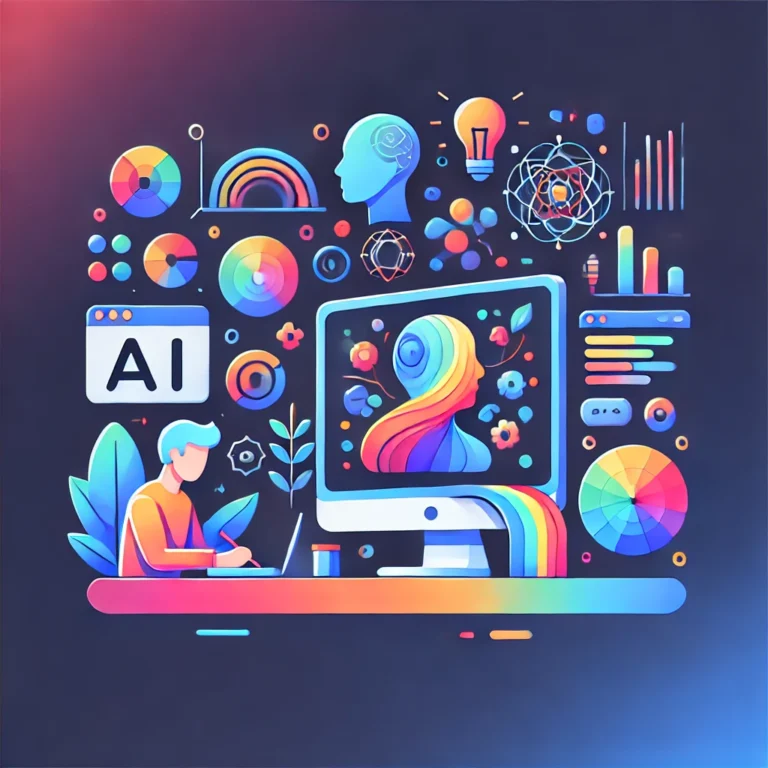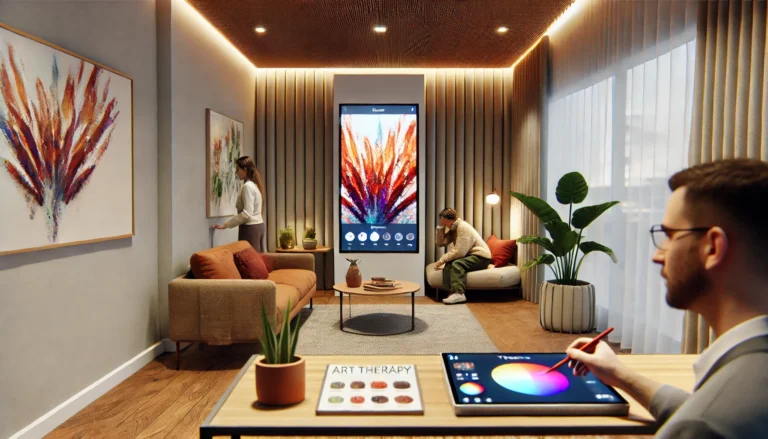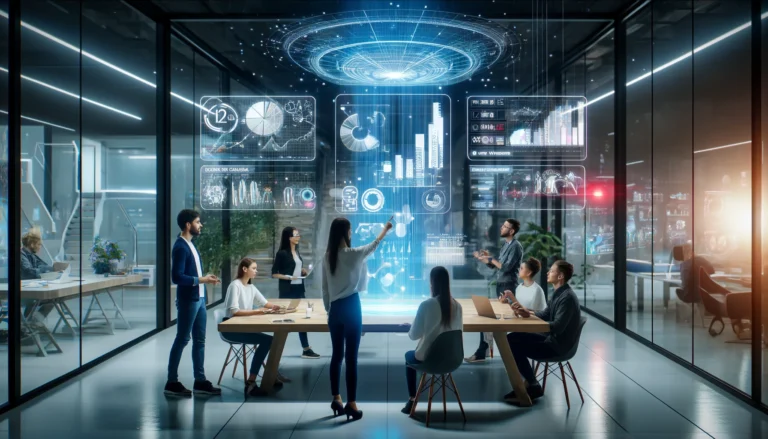As technology continues to advance at a rapid pace, artificial intelligence (AI) is becoming increasingly prevalent in our everyday lives. Many people may be surprised to learn that they have been using AI for years without even realizing it.
One common example of AI that many people use on a daily basis is voice recognition software. This technology is used in virtual assistants like Amazon’s Alexa and Google Home, as well as in smartphones and other devices. These systems use machine learning algorithms to process and understand spoken commands, allowing users to control their devices with simple voice commands.
Another example of AI that is widely used is image recognition. This technology is used in a variety of applications, including security systems, self-driving cars, and even social media platforms. For example, Facebook uses image recognition to automatically tag people in photos, making it easier for users to search for and find specific images.
AI is also being used to improve the performance of search engines. Google’s search algorithm uses machine learning to understand the intent behind a user’s query and return the most relevant results. Additionally, it uses machine learning to understand the context of a user’s search, which helps to improve the accuracy of the results.
In the field of healthcare, AI is being used to analyze medical images and detect signs of disease. It can help radiologists to identify the signs of cancer in a CT scan, or identify potential issues with a patient’s heart in an ECG.
In the field of finance, AI is used to predict stock prices, detect fraudulent activity and in robo-advisory. It can also be used to detect patterns in customer data to identify potential fraud or other financial risks.
In the field of retail, AI is used to analyze customer data and make personalized recommendations. It can also be used to optimize pricing and inventory management, making it easier for retailers to predict customer demand and adjust their supply chain accordingly.
In the field of customer service, AI-powered chatbots are becoming increasingly common. These systems use natural language processing (NLP) and machine learning algorithms to understand and respond to customer inquiries in real-time, providing a more efficient and personalized customer service experience.
In conclusion, AI is becoming increasingly prevalent in our everyday lives, and it’s being used in a wide variety of applications. From voice recognition and image recognition to search engines and healthcare, AI is making our lives easier and more convenient. As the technology continues to evolve, we can expect to see even more innovative uses for AI in the future.










